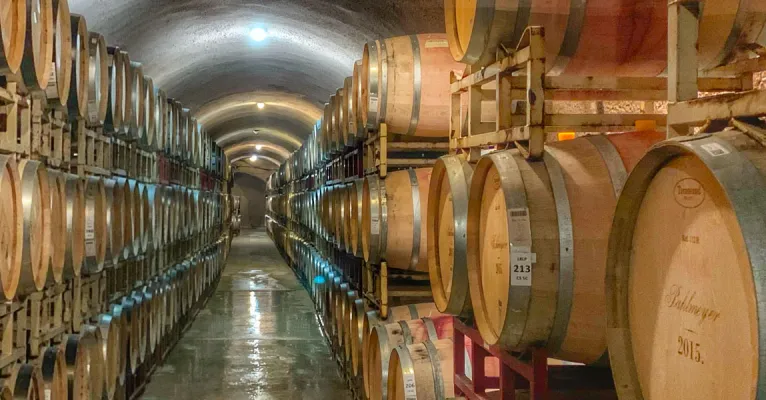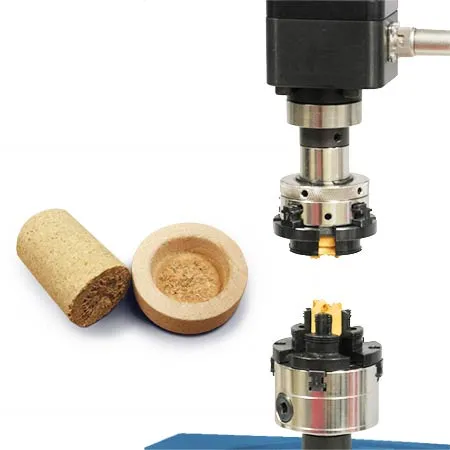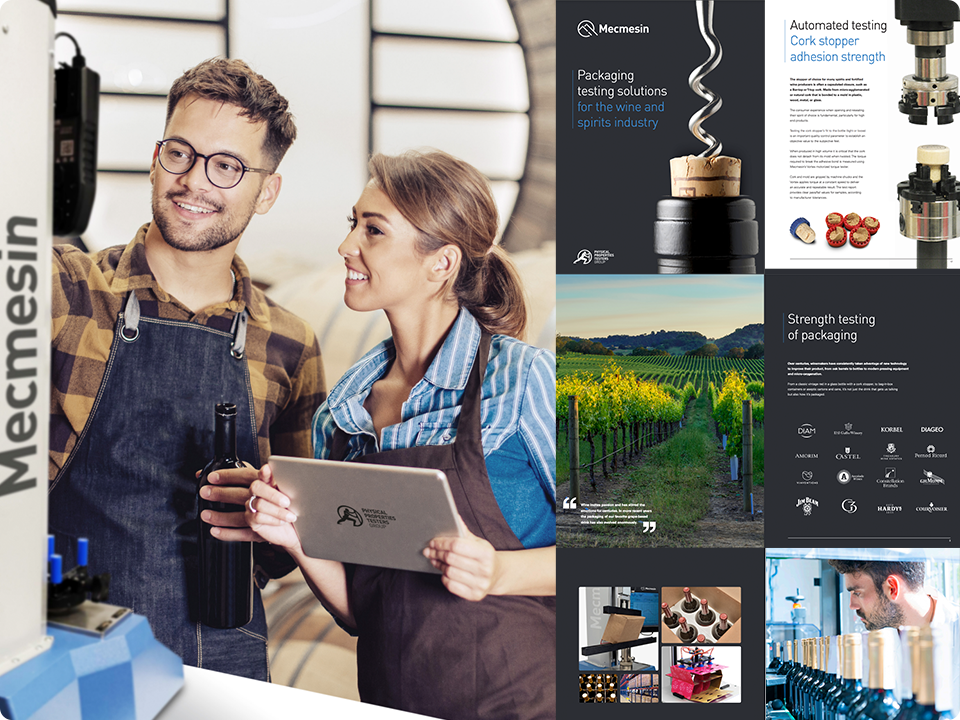Search results
Wine incites passion and has stirred the emotions for centuries. In more recent years the packaging of our favourite grape-based drink has also evolved enormously and demands more attention.
From a classic vintage red in a glass bottle and cork stopper, to bag-in-box containers or aseptic cartons and cans, it's not just the drink that gets us talking but also how it's packaged.
Quality control
Protecting the sealed contents by keeping out oxygen is essential. Making sure the packaging is up to the job and still being easy-to-open is a key quality control task.
Cork stoppers
Producers of cork (natural, synthetic or technical) need to tailor their stoppers according to the wines they will seal.
Getting the right coating for the cork is vital to its frictional properties when it's inserted into a bottle and later extracted by the consumer.
Not to mention ensuring the cork has the correct elasticity to allow expansion when a top-vintage is to be stored for decades before drinking.
ISO 9727 standard addresses these tests for ‘cork-extraction force’ and ‘dimensional recovery after compression’, both of which are easily performed on Mecmesin's range of tensile and compression testers.
Torque testing industry guidelines for champagne corks are in place to help producers verify the corks are not so tightly inserted they cannot be removed and, worse still, that they don’t pop out too easily and cause injury.
Screw-cap closures
Wines sealed by screw-cap closures (eg Stelvin®) are quality checked for the torque required to tightly close the bottle and then open by breaking the tamper-evident seal.
Manually operated torque meters are widely used in production areas to batch-check bottles regularly coming off the filling lines, or 'first-off' checking a new machine set-up on the filling line.
Automated torque testers provide extra repeatability and are often installed in QC laboratories for more in-depth testing.
Box-wine containers
Bag-in-box 'cask' containers rely on the seam strength of the metallised film bladder to securely hold the contents.
The plastic dispensing tap is exposed when tearing away a perforated panel in the bag.
The tear strength, together with the compression force to activate the tap, are routinely measured on Mecmesin's tensile and compression testers.
Consumer preference and packaging innovation
Innovation in wines and spirits packaging is growing as a new generation of consumers push for more creative design and reduced environmental impact.
For example, sparkling wines, pre-mixed spirits and cocktails in aluminium cans with ring-pull tabs are becoming more popular with party-goers.
Aseptic cartons with screw-cap closures deliver wine-based beverages in a lightweight packaging.
Physical testing for quality assurance and customer satisfaction
Whatever the packaging solution it requires physical testing, ensuring the contents are securely sealed from leakage and contamination yet easy to open for the consumer.
Some of our customers
Featured case studies
Standards
Featured or equivalent test standards for Mecmesin solutions in this section
Wine can pop-and-tear opening force
Adhesive test on capsulated stoppers
Metal bottle cap on glass pull-off test

Wine cork extraction test to ISO 9727-5
Extraction testing of whisky stoppers
Torque to twist out a champagne cork
ROPP Wine Closure Removal Torque
Wines & Spirits industry brochure
Wine incites passion and has stirred the emotions for centuries. In more recent years the packaging of our favourite grape-based drink has also evolved enormously and demands more attention.
Download our latest industry brochure for wines & spirits packaging testing solutions.
















